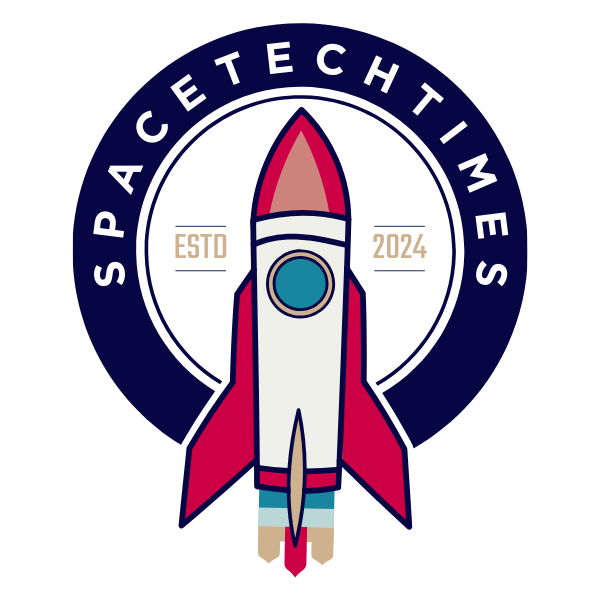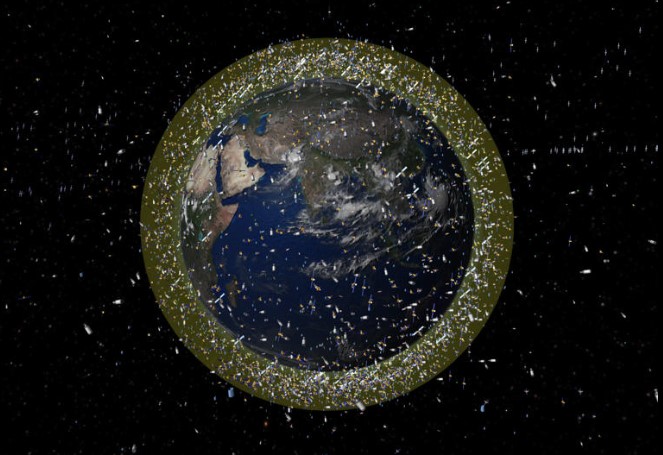Earth’s outer orbit is becoming more and more congested. For many years, humans have been sending satellites into orbit for a variety of purposes, like communication, weather forecasting, and even internet services.
Introduction to the Space Race
However, what once seemed like endless space is now becoming more and more packed with these machines. Additionally, the possibility of harm increases as tech companies compete to install even more satellites into orbit. Some experts are concerned about the potential for catastrophic collisions in orbit.
A growing number of tech firms are setting their sights on space as a new frontier for services like high-speed internet. There are already thousands of satellites orbiting Earth, and many of them work together in large groups known as “constellations.” These constellations help provide services such as satellite-based internet and communication across the globe.
One of the largest and most well-known of these is SpaceX’s Starlink, which has launched over 7,000 satellites into low Earth orbit since 2019. SpaceX’s Starlink is just one example of many new players entering the race to fill Earth’s orbit with satellites.
Alphabet’s High-Stakes Bet on SpaceX Signals Deepening Tech-Military Ties
The Race to Fill the Sky
Amazon has now joined the competition. The first 27 satellites in the company’s Kuiper broadband internet network were launched this week into orbit. With aspirations to eventually put 3,200 satellites into orbit, Amazon has big plans. To maintain its federal license, the business must launch at least half of these satellites into orbit by the next year. SpaceX also has plans to launch tens of thousands of additional satellites, further crowding up the orbit around Earth.
But it’s not just private companies like SpaceX and Amazon making moves in orbit. China has also been working to expand its own internet constellations with systems like Guowang and Qianfan. As more and more satellites fill up Earth’s orbit, experts warn that the consequences could be dangerous.
The Growing Danger of Collisions
As the number of satellites in space increases, so does the risk of collisions. Satellites travel at incredible speeds, about 17,500 miles per hour, and if two were to collide, it could be disastrous. The problem becomes even worse when considering the large amounts of debris that these collisions could create. Space debris is already a significant concern. Tiny pieces of debris, as small as one centimeter, can be very dangerous. These pieces of debris move at high speeds and can damage active satellites and space stations, creating even more risks.
Bandwagon-3 Makes Noise—Literally! SpaceX Sends 3 Payloads into Orbit, Returns Booster with a Boom
The International Space Station (ISS) is already at risk. The ISS must move out of the way to prevent a catastrophe if a piece of space debris is expected to be in the same route as it and the likelihood of a collision is greater than one in 10,000. In addition to the risk to space stations, there is also the concern that astronauts could be injured or killed by smaller debris during spacewalks.
To avoid such collisions, satellites are sometimes moved out of the way of other objects. However, as more satellites are launched, it becomes more difficult to monitor and avoid potential crashes. The technology currently used to track space debris and satellite movements may not be good enough to prevent future collisions. As more satellites fill space, the chances of an accident increase, and scientists do not yet know the exact point at which the collisions will start.
The Unseen Threat of Space Debris
In addition to the risks posed by collisions between satellites, there are tens of thousands of other objects in space that are difficult to track. These objects are mostly small pieces of debris that can’t be seen or monitored easily. The tiny fragments can still be dangerous to active satellites. Even with meticulous planning and launch preparation, one of these tiny debris particles could harm a satellite.
The current situation in space is often described as “uncharted territory.” There are no clear answers to how to deal with the growing number of satellites and debris. Some companies, like SpaceX, are trying to reduce the problem by pulling older satellites out of orbit. But there are concerns about the impact of these actions on Earth’s atmosphere, as burning up satellites could lead to additional problems.
Bold Move, Troubled Timing: Why Elon Musk’s India Visit Matters for Tesla, Starlink, SpaceX, and X
While there are regulations in place for the placement of satellites, they are not always strictly followed. Countries interpret these rules differently, leading to an uneven playing field in space. Even though there are guidelines about the altitudes at which satellites can be placed, the large margin of error in those guidelines makes them less effective.
It gets harder to make sure everything is functioning properly as space gets more and more packed. The consequences of not managing the growing number of satellites and debris could be dire, and as the problem grows, it will require global cooperation to find solutions. However, until then, the situation remains risky, and the sky is only going to get more crowded.



